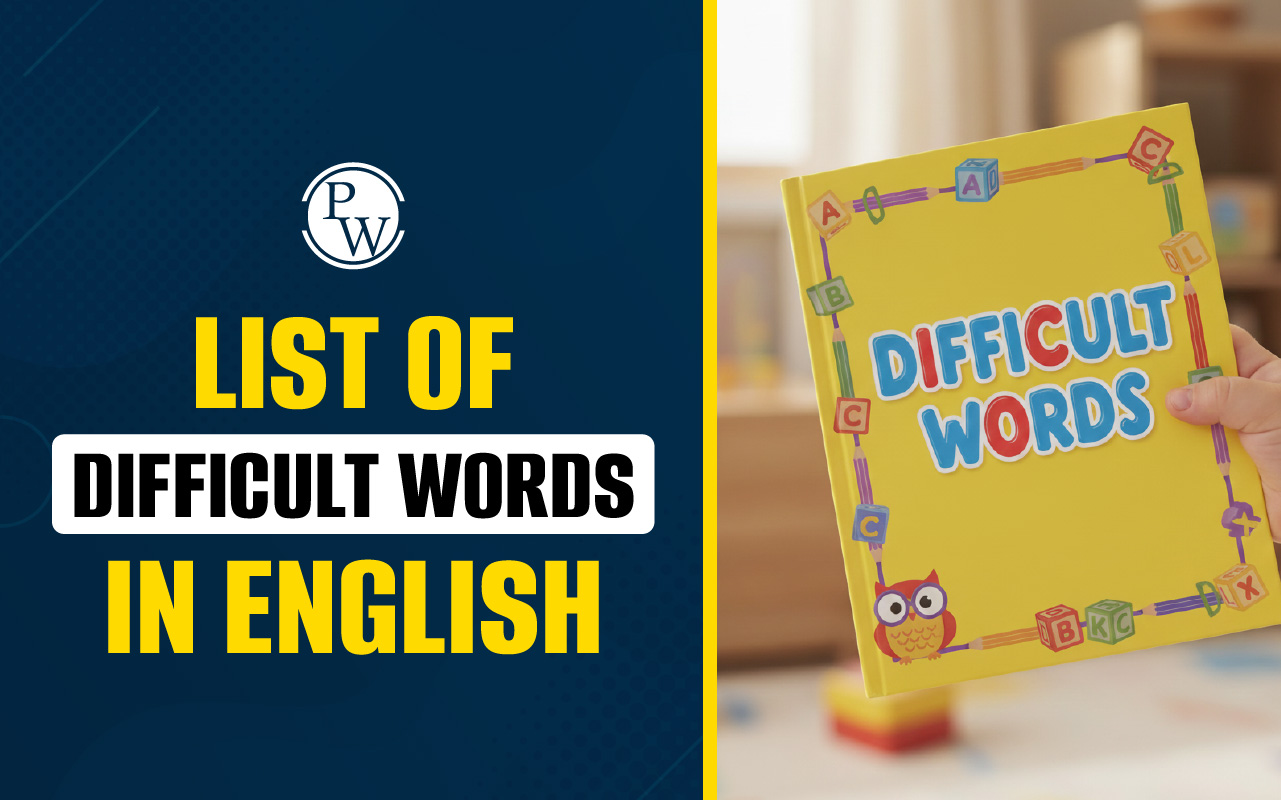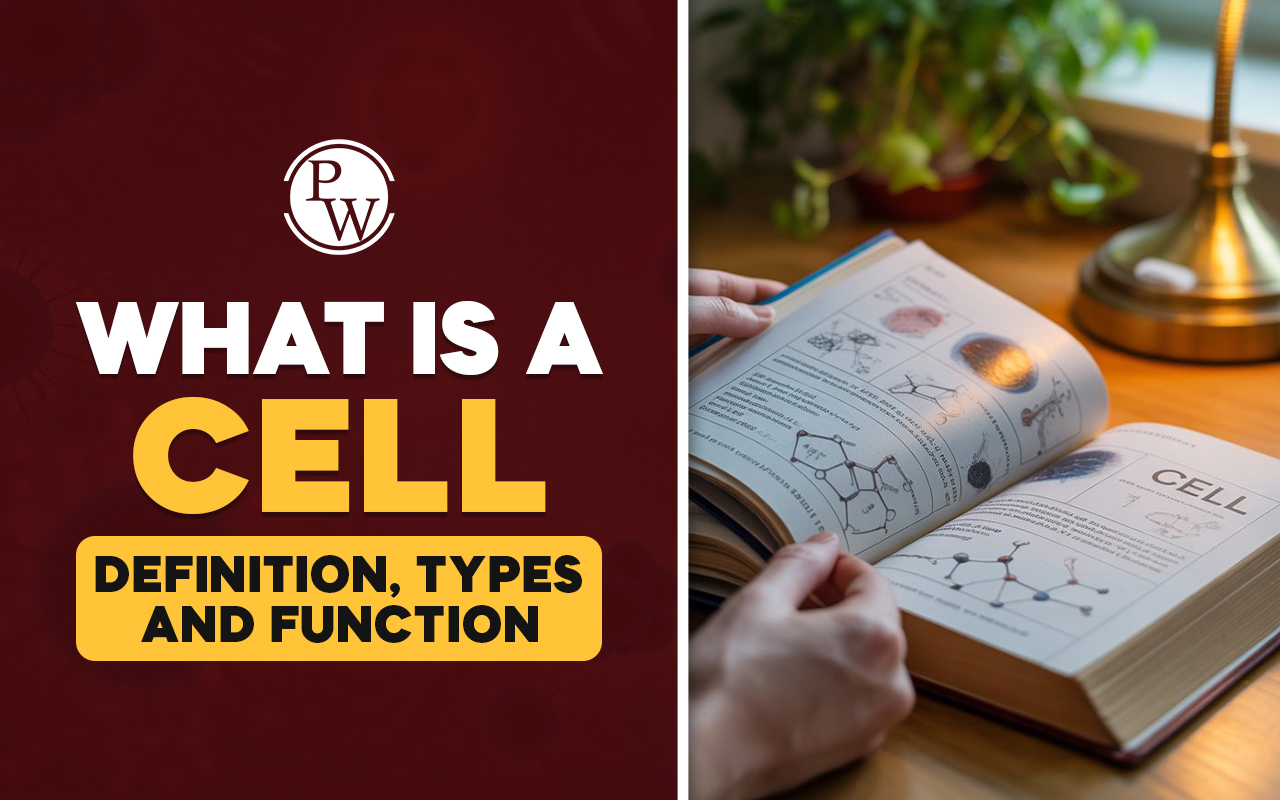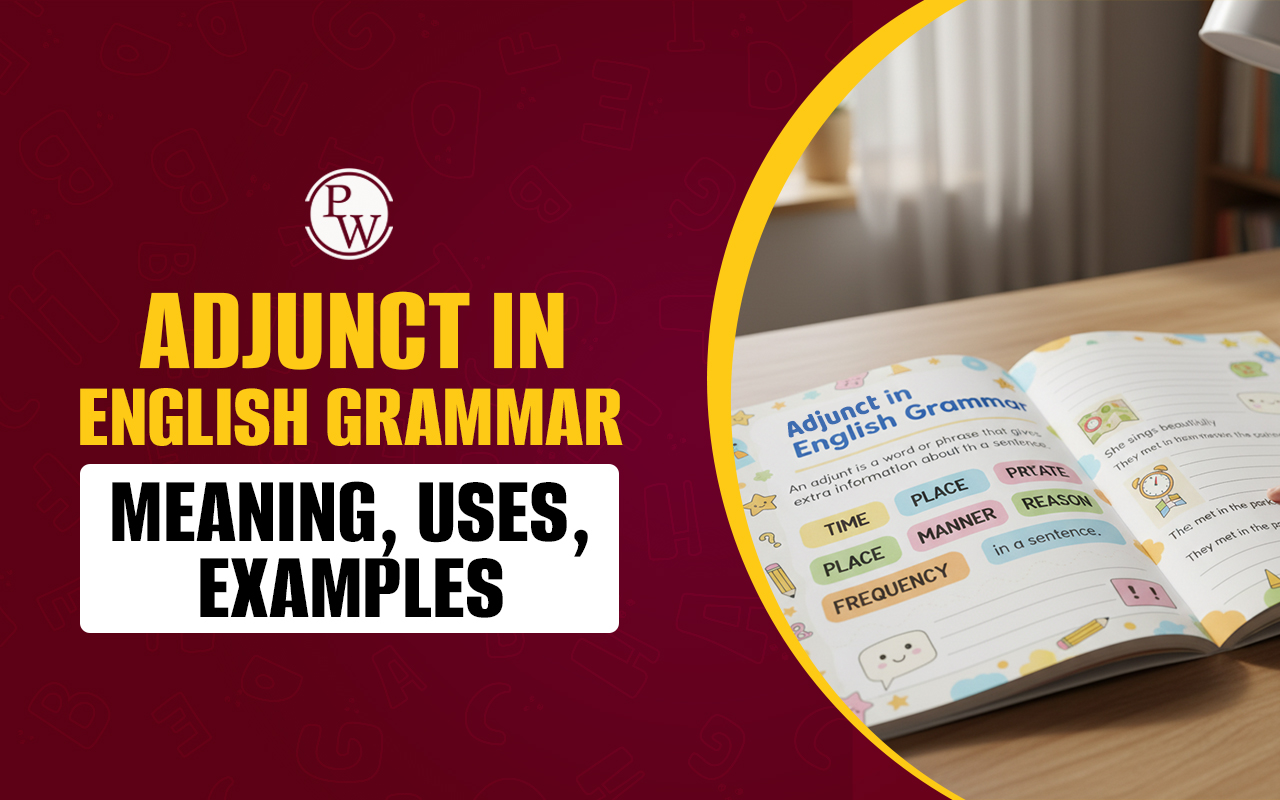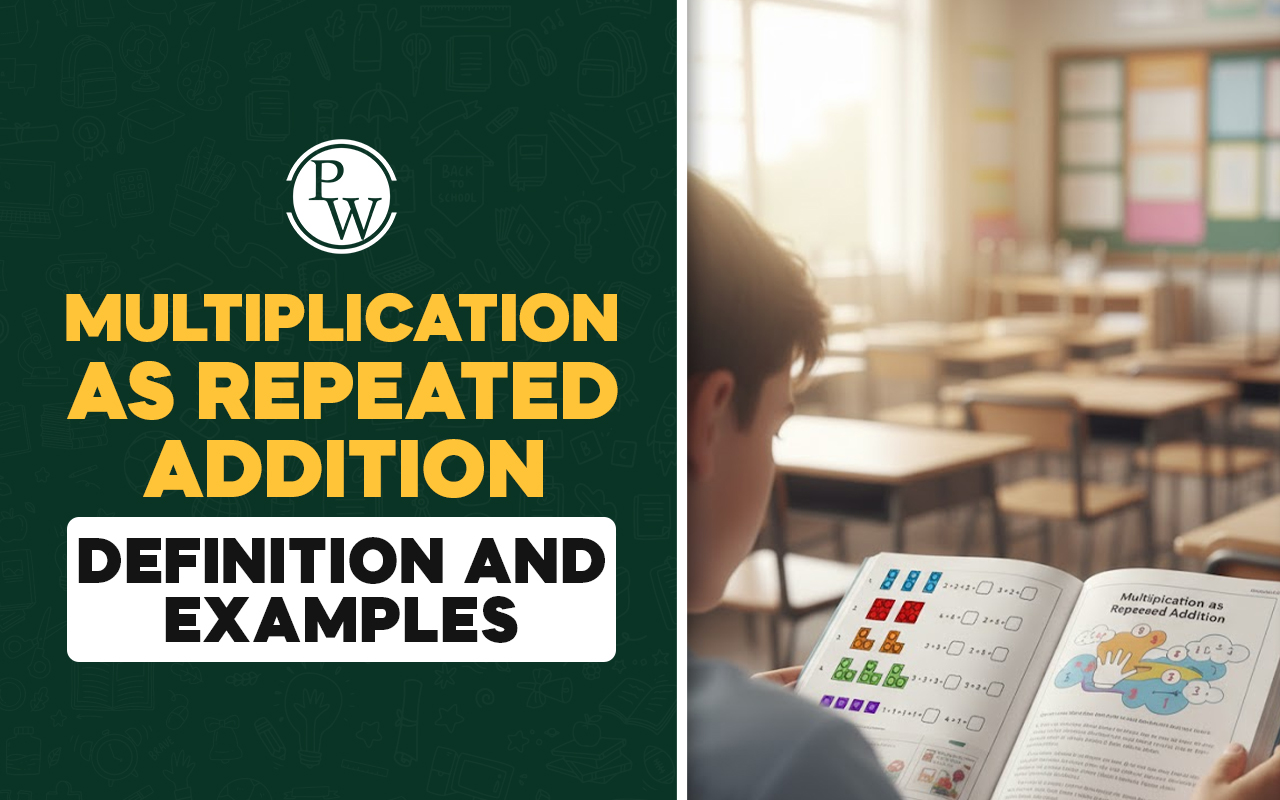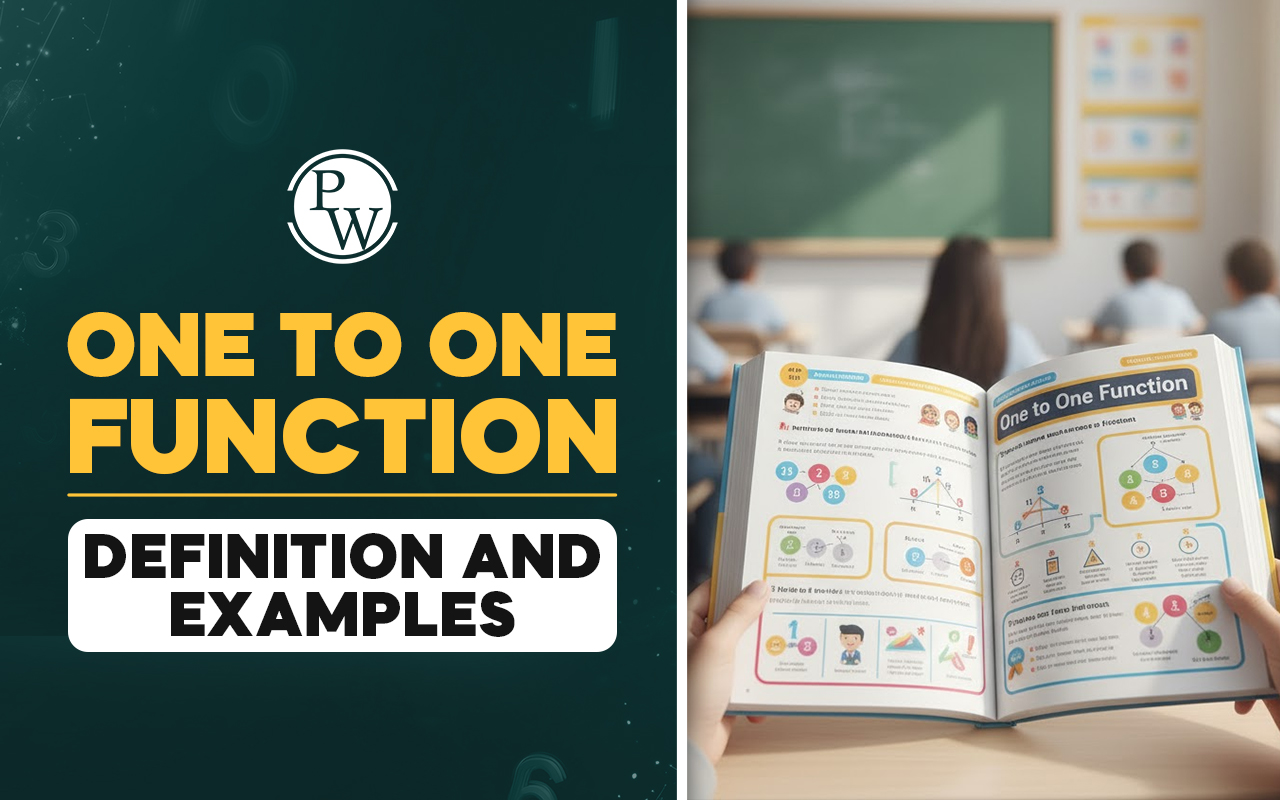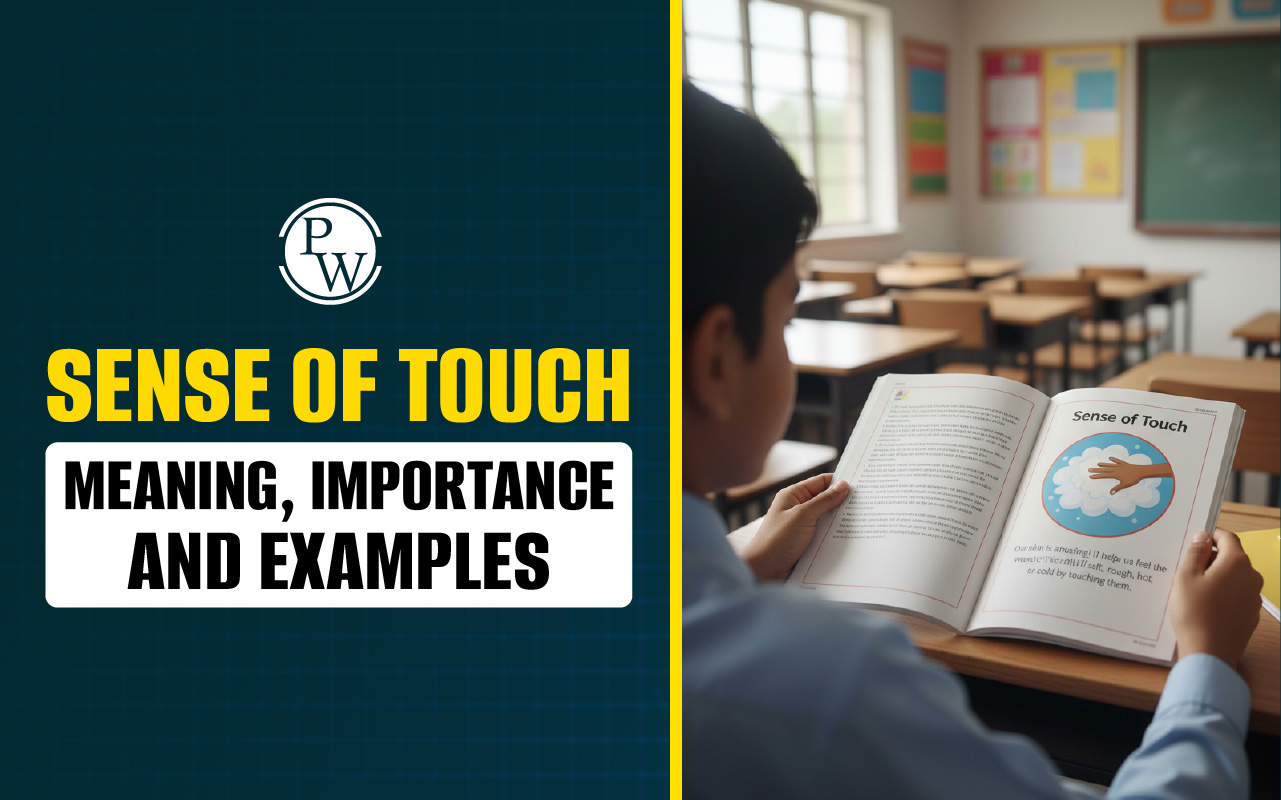
Natural Disasters are powerful negative events that happen in nature and can harm the environment and people’s lives. Some common natural disasters are floods, earthquakes, storms, and volcanic eruptions. These do not happen because of humans but because of changes in Earth or the weather.
Some natural disasters like cyclones or tsunamis happen more often in certain places, but no part of the Earth is completely safe. Climate change is also making these disasters happen more often. That's why it is important for students to understand the different types of natural disasters, their causes, and how to stay safe. Keep reading to learn more about natural disasters and some interesting facts about them.
Read More: Fundamental Rights of India
What Are Natural Disasters?
Natural disasters are harmful events that happen in nature and cause a lot of damage. They can break buildings, destroy land, and even hurt or take the lives of people and animals. Some examples of natural disasters are earthquakes, floods, storms, and volcano eruptions.
Natural disasters are not caused by humans. They happen because of natural changes on Earth or in the weather. But sometimes, things people do, like cutting too many trees or digging the land, can make disasters like landslides worse. Natural disasters can be very serious, so learning about them helps us stay safe and prepared.
Types of Natural Disasters
Natural disasters can happen in many different ways. Some come from the ground, some from the sky, and some even from space. Let’s learn about the main types of natural disasters:
-
Geological Disasters: These disasters happen because of changes inside or on the surface of the Earth.
-
For example, earthquakes shake the ground when the Earth’s plates move.
-
Volcanic eruptions happen when hot lava and gases come out of a volcano.
-
Landslides and avalanches are also geological disasters, where rocks or snow suddenly fall from a mountain.
-
Hydrological Disasters: These are disasters caused by changes in water levels or movement.
-
Floods happen when there is too much water in rivers or on land.
-
Tsunamis are big waves caused by underwater earthquakes. These disasters can cause heavy damage to houses and roads and even take lives.
-
Meteorological Disasters: These disasters are related to weather and climate.
-
They include cyclones, tornadoes, hailstorms, heat waves, cold waves, and droughts. These events can bring very strong winds, heavy rains, too much heat or cold, and sometimes no rain at all.
-
Space Disasters: These disasters come from outer space.
-
Solar flares are sudden bursts of energy from the sun that can affect satellites and electricity.
-
Impact events are when large rocks from space hit the Earth. Long ago, one such event may have caused the extinction of dinosaurs.
-
Gamma-ray bursts are strong explosions from far-away stars that can be harmful if they ever reach Earth.
-
Other Disasters: Some disasters don’t fit into one group but are still very dangerous.
-
Forest fires, for example, can start naturally and spread fast, burning trees and homes.
-
Some limnic eruptions happen when gases from deep lakes suddenly come out, harming people and animals nearby.
Learning about the different natural disaster types helps students understand what they are, how they happen, and how they can affect people and the environment.
Read More: Facts About the Earth
Natural Disasters Examples
Natural disasters have happened in many parts of the world and caused great damage to people, nature, and property. Here are some well-known natural disasters examples to help students understand how powerful these events can be:
-
Earthquake in Gujarat (India, 2001): A strong earthquake shook Gujarat on 26th January 2001. It was very powerful and caused the death of over 1 lakh people.
-
Floods in China (1931): This is known as one of the deadliest floods in history. It happened in China and affected millions of people.
-
Tsunami in Japan (2011): A big earthquake in the ocean caused a huge tsunami on the coast of Japan. It killed more than 18,000 people and also damaged a nuclear plant.
-
Volcano Eruption in Italy (79 AD): Mount Vesuvius erupted and destroyed the cities of Pompeii and Herculaneum. It was one of the most famous volcanic disasters.
-
Landslide in Uttarakhand (India, 1998): A heavy landslide in Malpa village destroyed everything in its path and took many lives.
-
Cyclone Amphan (India, 2020): This strong storm caused a lot of damage in Eastern India, affecting many families and homes.
-
Blizzard in Iran (1972): A heavy snowstorm covered entire villages and sadly led to the death of around 4,000 people.
-
Wildfires in Australia (2019–2020): These fires burned large areas of forests, damaged homes, and affected both people and animals.
-
Tornado in Bangladesh (1989): A powerful tornado hit Daulatpur–Saturia and became one of the deadliest tornadoes in the world, killing around 1,300 people.
-
Asteroid Impact (66 million years ago): A huge space rock hit the Earth and caused the extinction of many animals, including the dinosaurs.
Read More: Essay on Unemployment
Causes Of Natural Disasters
Natural disasters happen due to powerful forces in nature, but sometimes human activities can also make them worse. There are many different types of natural disasters, and each one has different causes.
-
Natural Causes: Some disasters are caused by changes inside or on the surface of the Earth. These are called geological events and include:
-
Earthquakes: These happen when the plates under the Earth’s surface move or crash into each other.
-
Volcanic eruptions: Hot lava, ash, and gases come out from inside the Earth due to pressure and heat.
-
Tsunamis: Huge waves caused by earthquakes or volcanic eruptions under the sea.
-
Landslides and Avalanches: When rocks, mud, or snow suddenly slide down a hill or mountain.
-
Weather-related Causes: Some natural disasters are caused by extreme changes in the weather or climate, such as:
-
Cyclones, hurricanes, and typhoons: Strong storms that bring heavy rain and fast winds.
-
Floods: When too much rain or melting snow causes water to overflow onto land.
-
Droughts: Long dry periods with little or no rain, which can harm crops and water supply.
-
Wildfires: Fires that spread quickly in forests or dry lands, especially during hot and windy days.
-
Human-Induced Causes of Natural Disasters: Sometimes, the actions of people can make these natural disasters happen more often or become more dangerous. For example:
-
Deforestation: Cutting down too many trees can lead to soil erosion and make floods or landslides worse.
-
Pollution: Dirty air and water can weaken the environment and make disasters more harmful.
-
Climate change: Using too many fossil fuels increases Earth’s temperature, leading to more frequent floods, droughts, and strong storms.
So, while many natural disaster types are caused by nature, humans also play a part in making them worse. That’s why it’s important for us to take care of the environment to reduce the damage caused by these disasters.
Also Read: PROS AND CONS OF FREE ONLINE COURSE AND PAID COURSE
Top 10 Natural Disasters That Shook the World
Natural disasters are powerful events that can cause great damage and loss of life. Some of the deadliest disasters in the world’s history have affected entire countries, leaving behind serious destruction. Let’s learn about the top 10 natural disasters that shook the world:
-
1931 Yangtze River Floods, China
This is known as the deadliest natural disaster in recent history. Heavy rains caused rivers to overflow, and massive floods covered large parts of China. It is believed that over 2 million people lost their lives.
-
1976 Tangshan Earthquake, China
A strong earthquake shook the city of Tangshan in China. Buildings collapsed, and many people were trapped. The estimated death toll was more than 2,40,000 people.
-
1970 Bhola Cyclone, Bangladesh
A very powerful cyclone hit the coastal areas of Bangladesh. The strong winds and flooding caused major damage, killing around 3 to 5 lakh people.
-
2010 Haiti Earthquake
This earthquake destroyed much of Haiti, including its capital city. Buildings, schools, and hospitals were damaged, and more than 1 lakh people lost their lives.
-
2004 Indian Ocean Tsunami
A huge underwater earthquake near Indonesia triggered a tsunami. Large waves hit many countries around the Indian Ocean, killing over 2 lakh people.
-
1975 China Floods (Typhoon Nina)
After a typhoon, many dams in China broke, leading to terrible flooding. It is believed that more than 2 lakh people died in this disaster.
-
1923 Great Kanto Earthquake, Japan
A powerful earthquake hit Tokyo and nearby areas. Many buildings and houses were destroyed, and fires broke out. Around 1.4 lakh people lost their lives.
-
1991 Bangladesh Cyclone (Cyclone Marian or Gorky)
Another strong cyclone hit Bangladesh, causing high winds and floods. It killed about 1.4 lakh people and damaged many homes.
-
2008 Cyclone Nargis, Myanmar
This cyclone brought strong winds and heavy rain to Myanmar (Burma). Over 1 lakh people died, and many villages were washed away.
-
2005 Kashmir Earthquake, Pakistan and India
A large earthquake struck the Kashmir region. Many towns were damaged, and over 80,000 people were killed in this disaster.
Strengthen Your Child’s Social Science Basics with CuriousJr's Online School Tuitions
Sometimes, children need an extra boost to strengthen their basics and improve their understanding in social science. Remembering key facts or understanding concepts can feel challenging without the extra support.
Curious Junior’s Social Science Tuition offers that extra support through simple explanations, fun revision methods, and engaging teaching techniques.
-
With regular practice, doubt-clearing, and child-friendly lessons, your child can fully grasp the basics and build strong confidence in subjects like history, civics, and geography.
Book a demo class now and help your child build stronger basics in social science with confidence.

